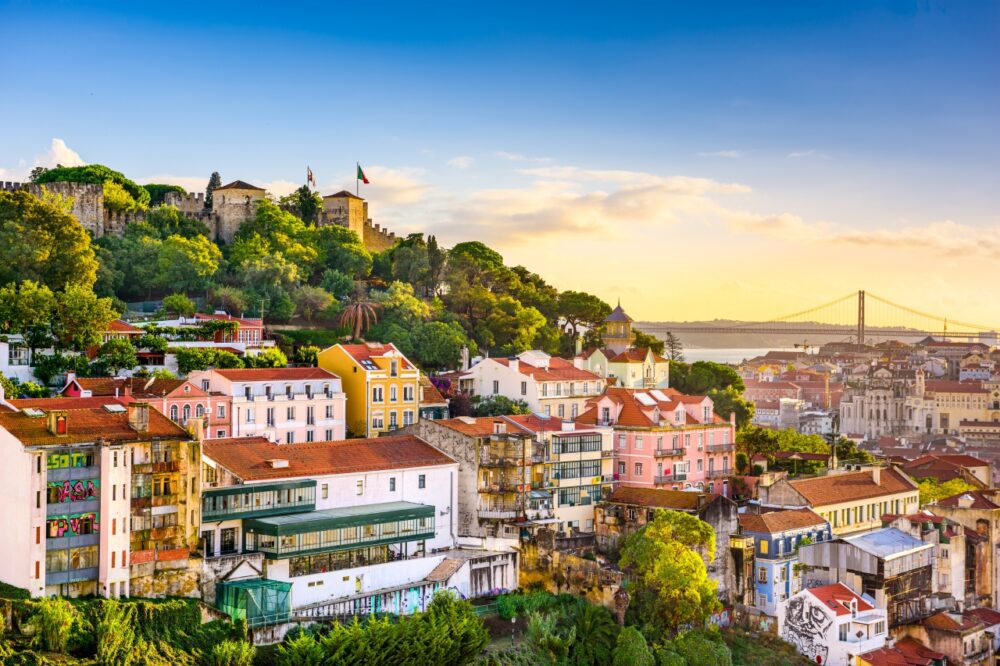
Is Lisbon worth visiting? Without a doubt! The first time I wandered through the hilly streets of Lisbon, I was instantly captivated by its charm. From the sound of Fado music drifting through Alfama’s cobbled alleyways to the views from the iconic Miradouro de Santa Catarina, Lisbon is a city that’s as vibrant as it is soulful. It’s a place where the past meets the present in the most delightful ways, and every corner seems to have a story to tell.
As the capital of Portugal, Lisbon is a city that truly has something for everyone. Known for its stunning architecture, rich maritime history, and warm Mediterranean climate, Lisbon is a feast for the senses. Whether you’re exploring the historic Belém Tower, riding the iconic Tram 28 through colourful neighbourhoods, or indulging in pastéis de nata at a traditional bakery, Lisbon promises unforgettable experiences. Add in its buzzing nightlife, creative food scene, and nearby beaches, and it’s easy to see why Lisbon has become one of Europe’s most exciting cities.
But is Lisbon worth visiting for you? In this blog post, we’ll dive into the top 10 reasons why Lisbon should be on your travel list, from its iconic landmarks to its hidden gems. Plus, we’ll share travel tips to help you make the most of your time in Portugal’s dazzling capital. Keep reading to find out why Lisbon might just become your new favourite city.
Table of Contents
Pros – Reasons You Should Visit Lisbon
1. A Rich Historical Heritage
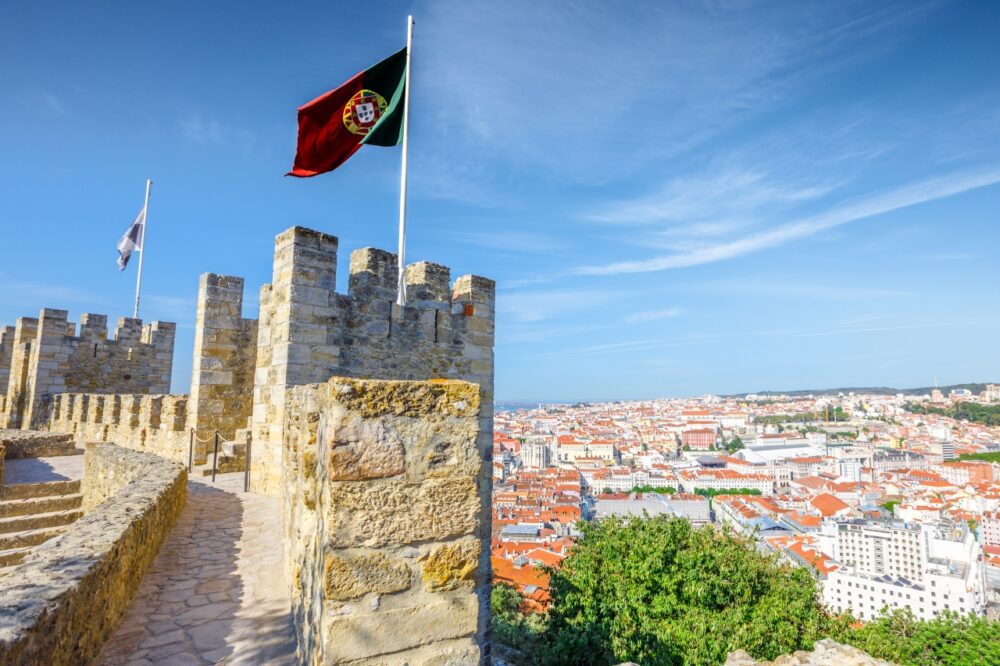
Lisbon’s history spans centuries, with influences from Roman, Moorish, and Portuguese cultures evident in its architecture and landmarks. The Belém Tower, Jerónimos Monastery, and São Jorge Castle are must-visit attractions that showcase the city’s storied past.
I spent an afternoon exploring Belém, where the tower and monastery reflect Portugal’s Age of Discovery. The intricate stonework and grandeur of these sites were breathtaking. Walking through Alfama’s narrow, winding streets, I felt the echoes of Lisbon’s Moorish heritage. The city’s history is a living part of its identity, making it a haven for history buffs.
2. Stunning Views and Miradouros
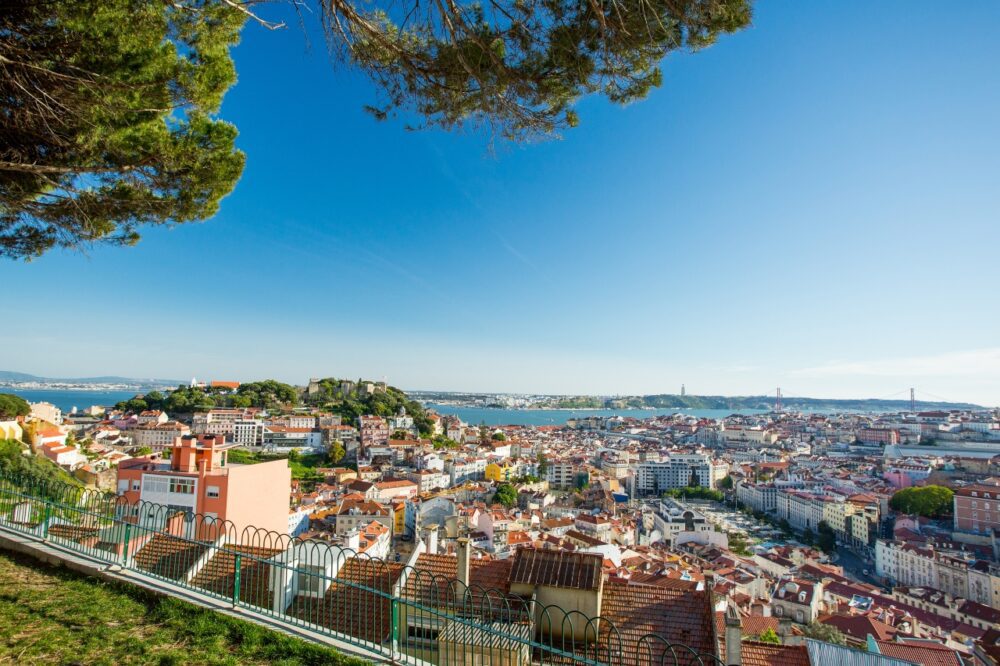
Lisbon’s hilly terrain offers incredible vantage points called miradouros, or viewpoints, which provide sweeping views of the city’s terracotta rooftops and the Tagus River. Popular spots like Miradouro da Senhora do Monte and Miradouro de Santa Catarina are perfect for soaking in Lisbon’s beauty.
I visited Miradouro da Graça at sunset and was captivated by the panoramic view of the city bathed in golden light. The charm of Lisbon’s viewpoints lies not just in the vistas but also in the lively atmosphere, often accompanied by street performers or quaint cafés.
3. Vibrant Neighbourhoods
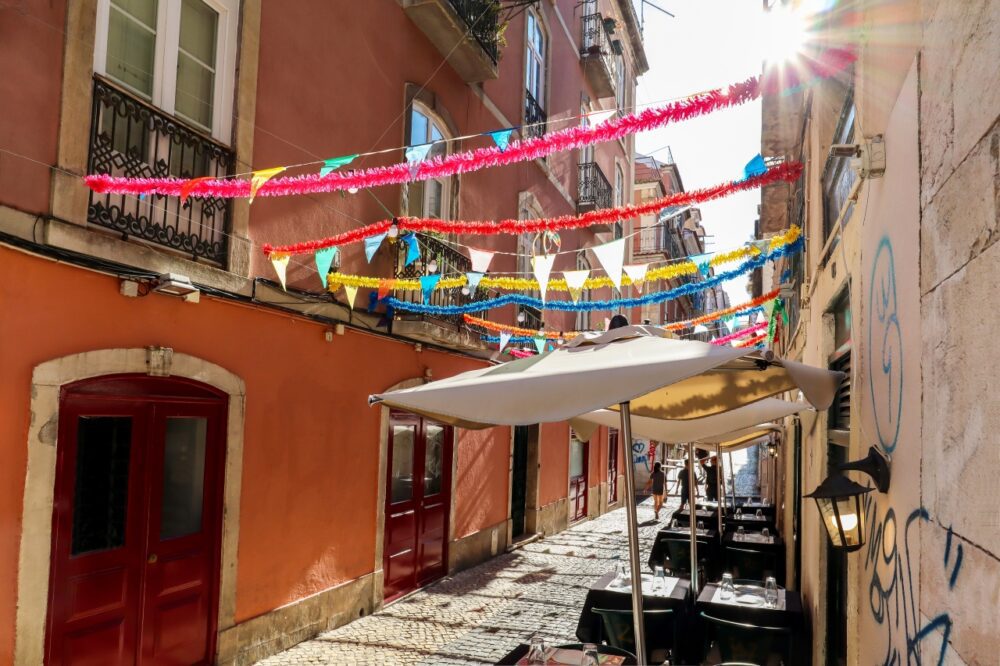
Each of Lisbon’s neighbourhoods offers a unique vibe. Alfama exudes old-world charm with its labyrinthine streets, while Bairro Alto buzzes with nightlife. Chiado combines sophistication with boutique shopping and cultural attractions.
I stayed in Alfama and loved its authentic feel, complete with the sound of fado music wafting through the air. A short walk took me to Bairro Alto, where the streets came alive with music and laughter in the evenings. Exploring Lisbon’s diverse districts felt like uncovering a new facet of the city’s personality at every turn.
4. Delicious Portuguese Cuisine
Lisbon is a paradise for food lovers, offering dishes that showcase the best of Portuguese flavours. Staples like bacalhau (salt cod), sardines, and piri-piri chicken are widely available, along with the iconic pastel de nata (custard tart).
I enjoyed a meal at a traditional tasca, where the grilled sardines were perfectly fresh. A visit to the Belém pastry shop to sample authentic pastéis de nata was a highlight of my trip. Lisbon’s food scene balances tradition and innovation, with modern chefs reinventing classic dishes to delight your palate.
5. Fado Music and Cultural Soul
Lisbon is the birthplace of fado, a melancholic yet soulful music genre that reflects the city’s spirit. Listening to fado in an intimate venue like Clube de Fado or a traditional Alfama tavern is an unforgettable experience.
I attended a fado performance and was moved by the hauntingly beautiful melodies paired with heartfelt lyrics. The music offers a profound connection to Lisbon’s culture and history, making it a must-experience for anyone visiting the city.
6. Beautiful Beaches Nearby
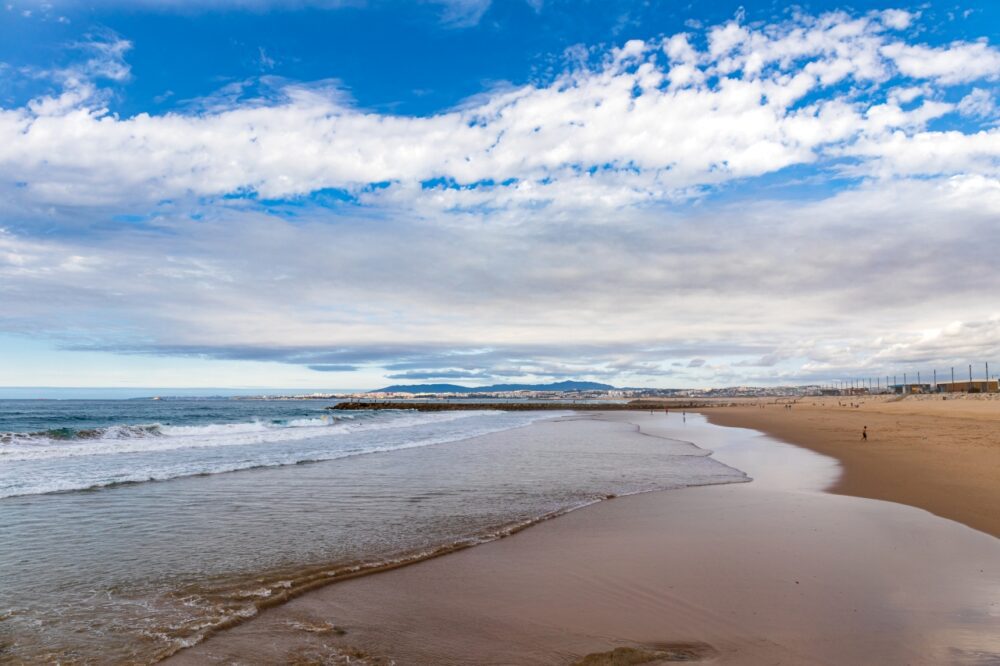
Lisbon’s proximity to stunning beaches is a major draw. A short train ride takes you to Cascais, Estoril, or the wild shores of Costa da Caparica, perfect for sunbathing, surfing, or enjoying fresh seafood.
I spent a day in Cascais, where the golden sand and azure waters made for a relaxing escape from the city. Lisbon’s beach accessibility ensures you can seamlessly combine urban exploration with seaside leisure.
7. Iconic Trams and Transportation
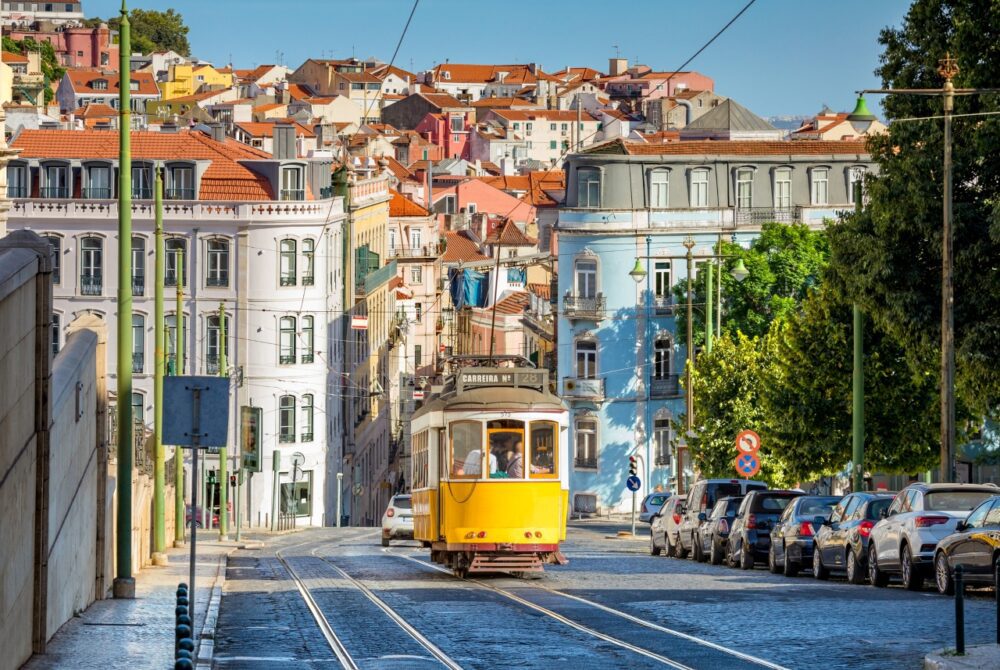
Lisbon’s historic Tram 28 is both a functional mode of transport and a tourist attraction, taking passengers through the city’s most scenic neighbourhoods. The city’s funiculars, like Elevador da Glória, are equally charming and practical for navigating its steep streets.
Riding Tram 28 felt like stepping back in time. The wooden interior and nostalgic rattle added to the charm as I passed landmarks like São Jorge Castle and Alfama’s winding alleys. Lisbon’s unique transport options make getting around an adventure in itself.
8. Affordable Compared to Other European Capitals
Lisbon offers excellent value for money, especially compared to other major European cities. Accommodation, dining, and public transport are reasonably priced, making it a budget-friendly destination without compromising on quality.
I was pleasantly surprised by how affordable it was to enjoy high-quality meals, central accommodation, and entry to top attractions. Lisbon proves that you can have an enriching travel experience without overspending.
9. Mild Climate Year-Round
Lisbon’s Mediterranean climate ensures mild winters and warm summers, making it a pleasant destination any time of year. Even in December, you can expect sunny days and temperatures comfortable for outdoor activities.
I visited in spring, when the weather was perfect for strolling through Alfama and relaxing at outdoor cafés. Lisbon’s sunny disposition complements its vibrant streets and makes it an inviting city to explore in any season.
10. Proximity to Sintra and Other Day Trips

Lisbon’s location makes it an ideal base for exploring nearby gems like Sintra, Cascais, and Óbidos. Sintra’s fairytale palaces, like the Pena Palace, are just a short train ride away and offer a magical escape into Portugal’s past.
I spent a day in Sintra and was mesmerised by the colourful Pena Palace and the mysterious Quinta da Regaleira. Returning to Lisbon in the evening, I appreciated how easy it was to combine city life with enchanting day trips.
Cons – Things to Consider When Visiting Lisbon
1. Steep Hills and Cobblestone Streets
Lisbon’s hilly terrain and cobblestone streets, while charming, can be challenging for some visitors. Steep inclines and uneven surfaces make exploring on foot tiring, especially in neighbourhoods like Alfama and Bairro Alto.
I found navigating the city’s hills rewarding but physically demanding, particularly after a full day of sightseeing. Comfortable shoes are a must, and public transport options like trams or funiculars can help reduce the strain. Travellers with mobility issues may need to plan carefully to navigate Lisbon’s slopes effectively.
2. Crowds in Peak Season
Lisbon’s growing popularity as a tourist destination means that its main attractions, such as Belém Tower, Jerónimos Monastery, and Tram 28, can become crowded, especially during summer and holidays.
When I visited in July, long queues and packed trams made certain experiences less enjoyable. To avoid the crowds, consider travelling during the shoulder seasons (spring or autumn) or exploring popular spots early in the morning. Booking tickets for key attractions in advance can also save time.
3. Unpredictable Weather in Winter
While Lisbon has mild winters, the weather can be unpredictable, with frequent rain showers that may disrupt outdoor plans. The city’s charm is best experienced under sunny skies, making rainy days feel like a missed opportunity.
During my December visit, I encountered several rainy afternoons, which made exploring Alfama’s narrow streets less appealing. Packing a travel umbrella and having indoor activities like museums as a backup ensures you can make the most of your trip, regardless of the weather.
4. Pickpocketing in Tourist Areas
Like many major cities, Lisbon has issues with pickpocketing, particularly in crowded tourist hotspots like the Old Town, Rossio Square, and Tram 28. Visitors need to be vigilant with their belongings, especially in busy areas.
While I didn’t experience any issues personally, I noticed several warnings and observed tourists being overly cautious. Carrying a secure bag, keeping valuables close, and staying alert can minimise risks. Awareness is key to avoiding unpleasant surprises.
5. Limited Parking and Traffic Congestion
Driving in Lisbon can be frustrating due to narrow streets, heavy traffic, and limited parking in the city centre. This can be particularly inconvenient for visitors planning to use Lisbon as a base for exploring surrounding areas by car.
I found parking near Alfama and Bairro Alto almost impossible, and traffic during peak hours added to the stress. Using public transport or rideshare apps is often more practical within the city. For day trips, consider renting a car only when leaving Lisbon to avoid unnecessary hassle.
When to Visit Lisbon
The best times to visit Lisbon are spring (March to May) and autumn (September to October). During these months, the weather is warm but not scorching, and the city is less crowded than during the peak summer season. Summer (June to August) is lively, with festivals like Santos Populares filling the streets, but it can be hot and bustling. Winters are mild and quiet, making them ideal for exploring Lisbon’s historic neighbourhoods and enjoying its charming cafes without the crowds.
How to Get to Lisbon
Lisbon Humberto Delgado Airport (LIS) is just 7 kilometres from the city centre and is a major hub for airlines like TAP Air Portugal, easyJet, and Ryanair, connecting Lisbon to destinations worldwide. From the airport, the metro provides a quick and affordable route into the city, while buses and taxis are also available. Ride-hailing apps like Bolt and Uber offer convenient alternatives. Lisbon is also accessible by train from other Portuguese cities like Porto and Faro, as well as international connections from Madrid.
Where to Stay in Lisbon
Lisbon offers a wide variety of accommodation options across its distinct neighbourhoods:
- Luxury: Chiado or Avenida da Liberdade – Stay in upscale areas near shopping and cultural attractions. Options include Bairro Alto Hotel, a boutique gem, or Altis Avenida Hotel, known for its rooftop views and prime location.
- Mid-range: Baixa or Alfama – Perfect for history and charm. Consider Lisboa Carmo Hotel, offering comfort in the heart of the city, or Hotel Mundial, which boasts panoramic views from its rooftop bar.
- Budget: Graça or Mouraria – Affordable yet atmospheric areas with great access to sights. Hostels like Lisboa Central Hostel or smaller guesthouses offer excellent value.
Getting Around Lisbon
Lisbon’s hilly streets and historic charm make walking a joy, especially in neighbourhoods like Alfama and Bairro Alto. For longer distances, the Carris public transport system, which includes trams, buses, and the metro, is efficient and affordable, with day passes available. The iconic Tram 28 is both a practical option and a scenic way to tour the city. Gira, Lisbon’s bike-sharing service, is great for flatter areas along the waterfront. Taxis and ride-hailing apps are widely available, though driving in the narrow streets of the old town is best avoided.
How Long to Spend in Lisbon
Three to four days is ideal for exploring Lisbon’s highlights, including the Belém Tower, the Jerónimos Monastery, and the lively streets of Bairro Alto. This timeframe allows time to ride the Tram 28, visit the stunning São Jorge Castle, and enjoy the riverside views from LX Factory. With an extra day, consider a day trip to Sintra, famous for its fairy-tale palaces, or Cascais, a charming seaside town. Lisbon’s mix of history, culture, and vibrant energy makes it a destination worth savouring.
Conclusion
So, is Lisbon worth visiting? Absolutely! With its breathtaking views, historic charm, and vibrant energy, Lisbon is a city that offers an experience like no other. Highlights like the Alfama district, Belém’s landmarks, and the incredible food scene make it a must-visit. While it can get busy in peak seasons, its unique mix of history, culture, and stunning vistas more than make up for it. If you’re ready to fall in love with Portugal’s capital, start planning your trip to Lisbon today—you’ll be glad you did!
